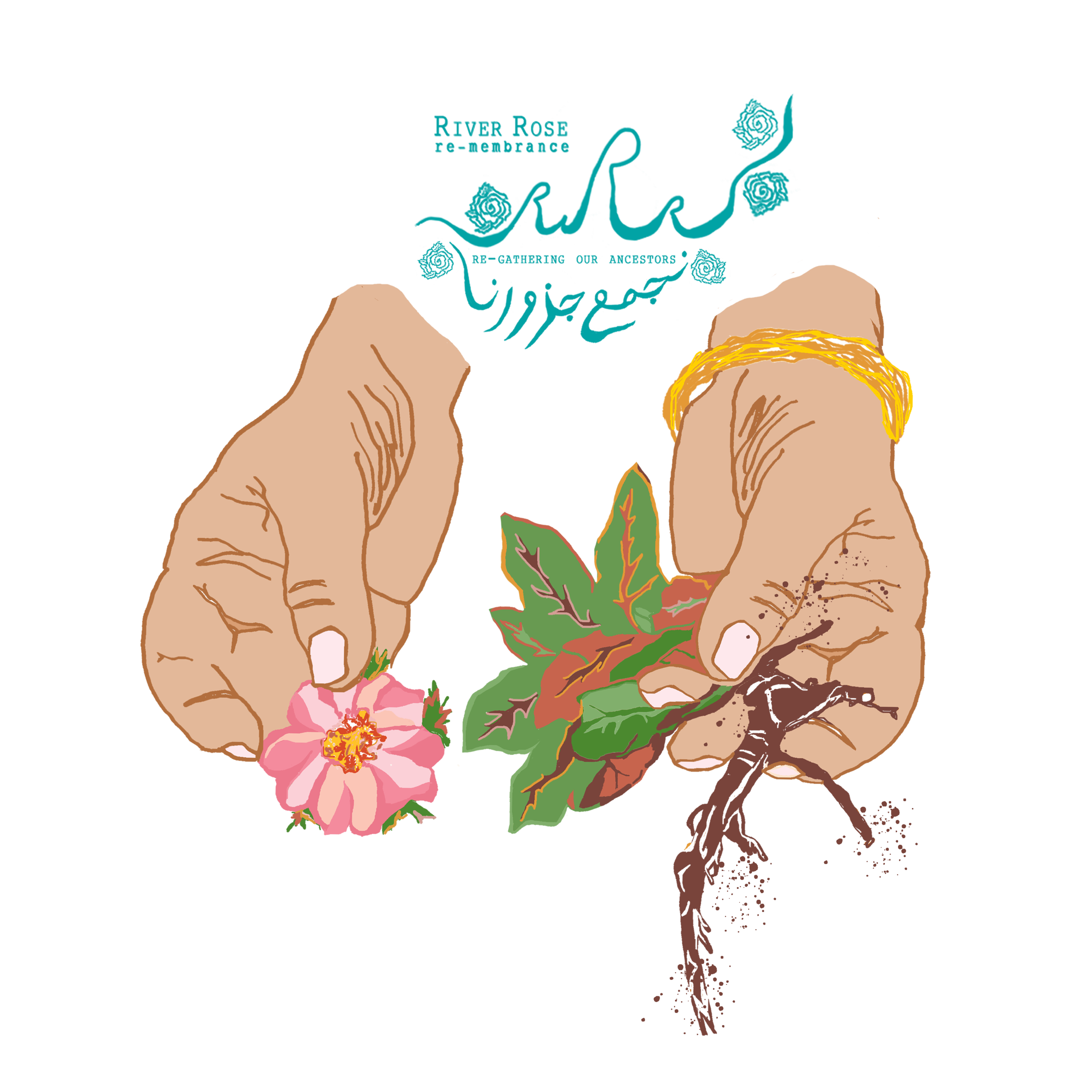Tayyoun | طيون | Sticky Fleabane | Inula Viscosa
Plantcestor: Tayyoun, طيون (Arabic), luakhot, Լուախոտ (Armenian), Zimbit Otu (Turkish), Inula Viscosa
Also known as: Sticky Fleabane, Dittrichia viscosa, Rara, Rara ‘Ayub (Arabic)
Plant family: Asteraceae
Parts used: Aerial parts, leaf and flower
Herbal actions: Antifungal, antimicrobial, diuretic, astringent, wound healing, anti-inflammatory, anti-viral
Constituents: Sesquiterpenes, antioxidants, polyphenols, flavanoids, fatty acids - myristic acid, lauric acid, linolenic acid rich in omega 3
tayyoun
〰️
tayyoun 〰️
ON TAYYOUN: WITH IMM ELIAS AND TAUNT VIOLETTE
Two interviews with village elders about traditional uses and personal stories with tayyoun.
TAYYOUN AND THE BODY SYSTEMS
CARDIOVASCULAR/CIRCULATORY: Used for diabetes and high blood pressure.
DIGESTIVE: Fights intestinal worms. Treats digestive distress when taken as a consistent tonic tea.
MUSCOSKELETAL: Used for joint pain, rheumatic complaints, and muscoskeletal pain, fractured bone repair. Can heal bruises and hematomas. Infused oil can help relax muscles.
ORAL: Gum diseases, toothaches, and infections.
RESPIRATORY: Fights respiratory infections and inflammation caused by them. Soothes itchy throat and allergic cough attacks.
REPRODUCTIVE: Infused oil can help with infertility.
SKIN AND BLOOD: Cleaning and closing wounds and ulcers. Stops bleeding (a great poultice with fresh, powdered, or tinctured leaves). Fungal treatment of all kinds including athlete's foot, ringworm, and other skin funguses.
traditional uses AND FOLKLORE
Repels unwanted bugs, fleas, and bacterias.
Sometimes used to make trays for drying figs and other fruit on to repel unwanted animals and bacteria, and sometimes used to create the shade in outdoor summer tents for the same reason.
Someone from a mountain village named Aa’oura in the north of Lebanon told me his village adds a couple leaves to jam when they are boiling it, adding a slightly aromatic taste and likely supporting its preservation as well as thickening.
In Palestine, one of the names for this plant is Rara, or Rara ‘Ayub, referring to the Prophet Job (‘Ayub) who relied on this plantcestor to help him endure pain when he was being tortured with pain.
In the book of Proverbs, the Bible notes this plant’s aid in healing wounds, bruises, and abdominal ailments.
One aunty in my father’s village shared a story about her neighbor using it as a hot compress for her daughter who had a horrible and painful ulceration on her hand. Her mother infused the plant in boiled water, then added sea salt. She soaked it in a towel and used it as a compress to dress her daughter’s wound everyday. It relieved her pain and inflammation better than the allopathic medicines were, helping her heal within a few days.
Makes an incredibly rich dye for natural fibers. Its flowers and leaves yield an incredible gold color with a slightly green undertone.
Story of The Prophet Ayub (Job)
الأنبياء 21:83
——————
۞ وَأَيُّوبَ إِذْ نَادَىٰ رَبَّهُ أَنِّي مَسَّنِيَ الضُّرُّ وَأَنتَ أَرْحَمُ الرَّاحِمِينَ
And Ayyoub when he called on his Lord: “I am afflicted with distress, and You are the most compassionate of all.”
Job 3:8, The Bible
————————
Why is light given to those in misery, and life to the bitter of soul, to those who long for death that does not come, who search for it more than for hidden treasure, who are filled with gladness and rejoice when they reach the grave?Why is life given to a man whose way is hidden, whom God has hedged in? For sighing has become my daily food; my groans pour out like water. What I feared has come upon me; what I dreaded has happened to me. I have no peace, no quietness; I have no rest, but only turmoil.
(Please do not internalize the whitewashing and other biased socio-religious programming within these videos. It is unfortunate information about the state of our traditions at this moment. Alas, they offer a simple non-text depiction of the Prophet Ayub’s story in the Abrahamic traditions, in which we can read between the lines for deeper wisdom amongst ourselves as we challenge the harmful revisions at play.)
A Quranic Interpretation
A Biblical Interpretation
ECOLOGY AND CULTIVATION
Grows especially abundantly along coastal towns, but also has a presence in the mountains and across the Eastern Mediterranean. It grows in the most degraded areas, thriving in compacted and eroded soil. It is extremely hardy, popping right back up even between the hardest rocks or after being chopped down to its root year after year.
It is a very resinous, fragrant, and bushy evergreen shrub with yellow flowers. It blooms with generous flowers through the fall, making it valuable food for pollinators when few other flowers are available, nor nearly as abundant.
Harvesting:
Harvest the leaves before flowering for medicine, and with flowers for dyeing.
Tayyoun tolerates generous harvesting and pruning.
Grow best when cut completely to the ground every other year. Can use those cuttings for medicine. If not cut once in a while, they can become woody and wirey.
No harvesting/sustainability issues.
MEDICINAL PREPARATIONS
Tincture:
1:2 (75% alcohol) using fresh herb
1:5 (40% alcohol) using dry herb
Tincture can be taken internally for respiratory, cardiovascular, and muscoskeletal support. Can also be used topically on wounds to help stop bleeding.
Infusion:
Infusion can be consumed internally for physical ailments, or applied as a bath or steam.
Infused oil: Can help with muscoskeletal pain, skin irritation.
Bath/Soak: Effective for muscoskeletal pain.
Poultice: Can crush or chew fresh leaves and apply topically on wounds to heal and close wounds. Can also use dried styptic powder.
Steam: Can help with respiratory irritation.
Infused honey effective for coughs, itchy throats, respiratory ailments.

